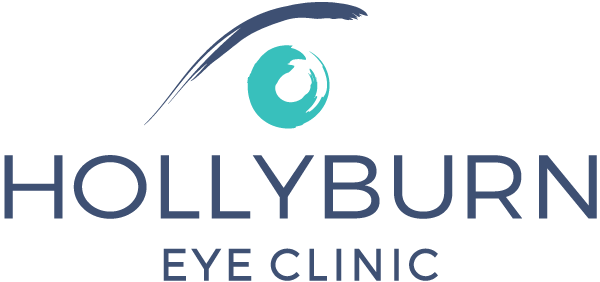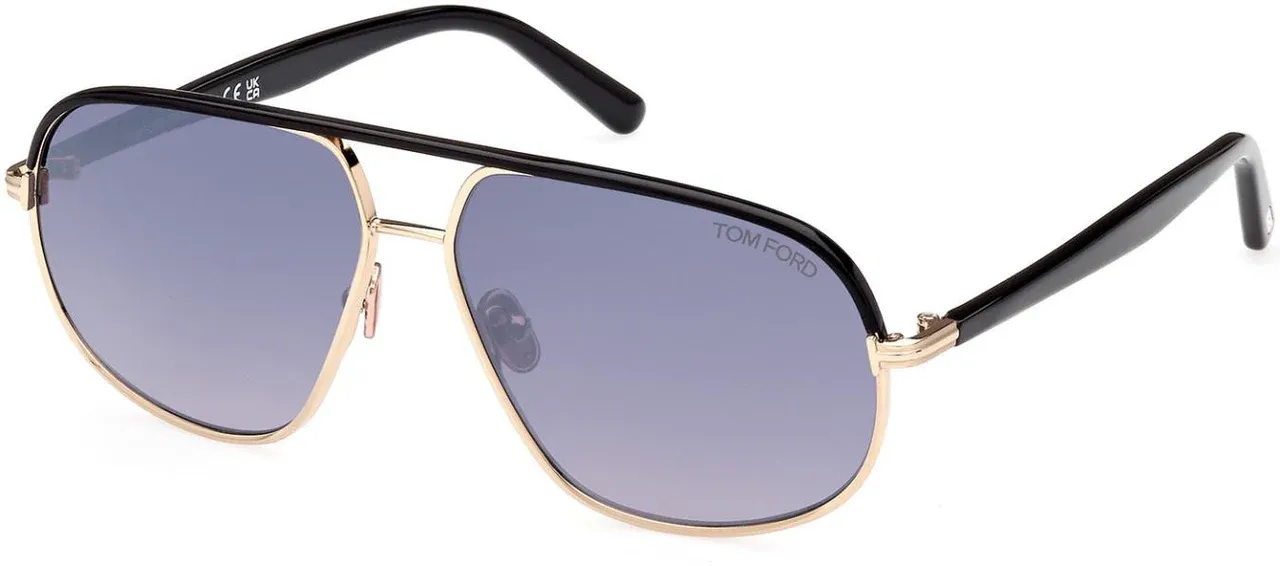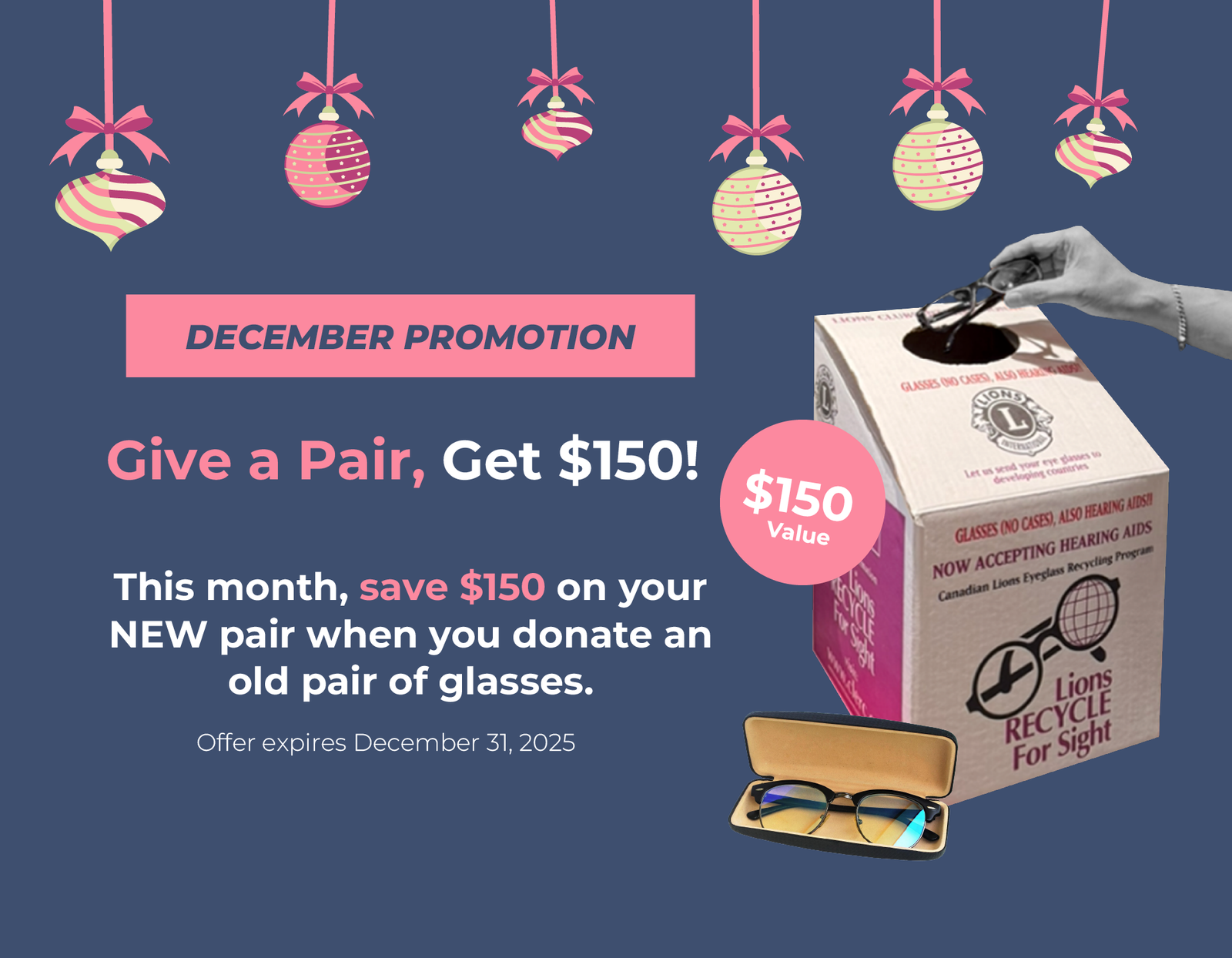
Sunglasses
WHY ARE SUNGLASSES IMPORTANT?
Many people are cheered by a bright, sunny day, but the effect of all that sunlight on the eyes is a less sunny proposition. UV and glare can create a variety of issues, from dangerous “snow blindness” to irreversible disorders that threaten your eyesight.
WHAT ARE UV RAYS?
UV stands for ultraviolet, a band of spectrum invisible to the eye. Ultraviolet light consists of UVA, UVB, and UVC rays. UVC rays are stopped in Earth’s atmosphere before they reach the eye, but UVA and UVB can both reach the eye and potentially damage it.
HOW DOES UV AFFECT UNPROTECTED EYES?
UV rays can cause proteins inside the lens to become opaque or cloudy, a condition known as cataracts. Cataracts can interfere with night vision, reduce your ability to see colors, and make reading difficult; they cannot be reversed, only removed. UV exposure can also cause retinal damage, changes in the eye tissues, and a temporary but irritating “sunburn” of the cornea called photokeratitis.
HOW DO I KNOW MY GLASSES WILL PROTECT MY EYES?
Choose glasses that claim to block at least 99 percent of UV rays — UVA as well as UVB. Look for label reading “UV 400,” since this designation means that the glasses block UV rays as small as 400 nanometers, providing 100 percent eye protection. Of course you need to protect your eyes from the glare caused by the visible spectrum as well. To accomplish this, select products that block 75 to 90 percent of visible light.
WHAT ARE POLARIZED LENSES?
Polarized lenses are specially designed to filter out certain types of glare that tend to radiate upward from horizontal surfaces when sunlight bounces off of these surfaces. They are recommended for tasks such as boating, fishing, skiing, golfing, jogging, and driving. Most polarized lenses will bear a label identifying them as such.
WHAT ADDITIONAL TYPES OF PROTECTION SHOULD I CONSIDER?
If you worry about light, including harmful UV, leaking in through the sides or top of your sunglasses, wear a broad-brimmed hat to reduce some of this exposure. If you use prescription eyewear to correct your eyesight, you may also want to think about getting a pair of UV-blocking contact lenses in your prescription. These lenses may be worn alongside a non-prescription pair of sunglasses for optimum eye protection.
Tom Ford Maxwell TF1019 - Metal Aviator Sunglasses
Discover sophistication with the Tom Ford Maxwell TF1019
Where classic aviator style meets contemporary design innovation. These sunglasses feature a sleek metal frame enhanced by comfortable acetate temples, creating a striking yet refined look that suits any occasion.
The distinctive square-leaning aviator shape adds a modern twist to a timeless silhouette, perfectly balancing boldness and elegance. With a generous 59mm lens width, these sunglasses provide excellent eye coverage and a flattering fit for most face shapes.
Handcrafted in Italy with premium materials, the Maxwell offers exceptional durability and luxurious comfort. Whether you're strolling the streets of Vancouver or enjoying a sunny coastal drive, these sunglasses make a standout style statement while offering full UV protection.
Why You’ll Love Them:
Lightweight yet sturdy metal frame combined with soft acetate temples
Unique square-aviator shape for a contemporary edge
59mm lenses designed for optimal comfort and coverage
100% UV protection to keep your eyes safe in style
Crafted with precision and passion in Italy
Elevate your eyewear game with the Tom Ford Maxwell — a perfect blend of heritage craftsmanship and modern luxury, available now at Hollyburn Eye Clinic.
Have questions about sunglasses?
Let us know how we can help.


